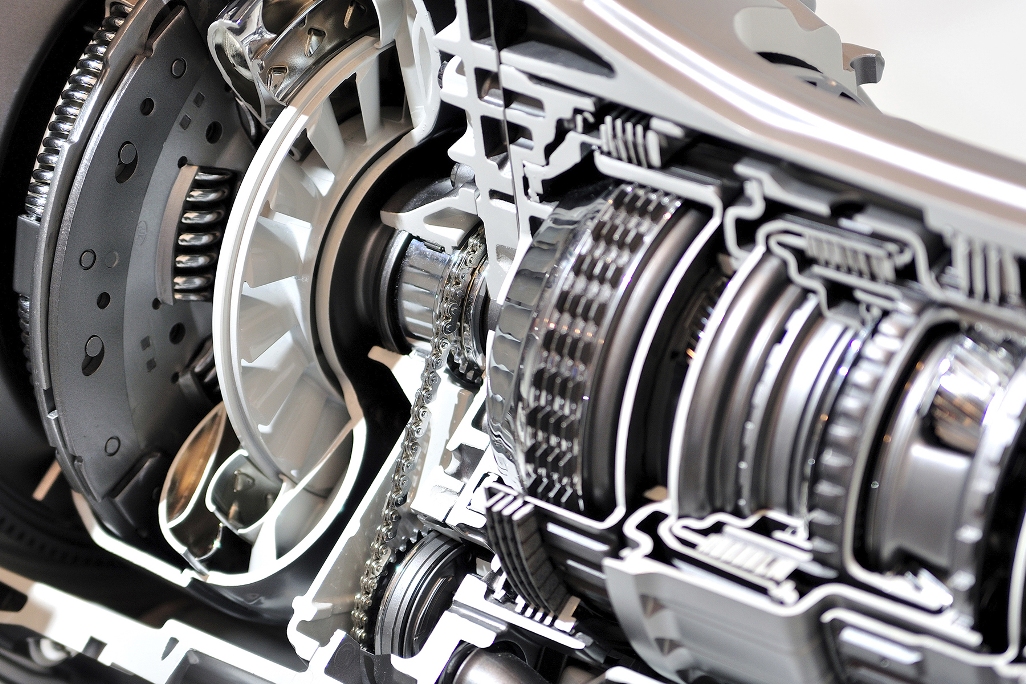How Do Trucks Gearbox (Transmissions Mechanisms) Work?
In order to avoid over-working the truck engine, gears have to be shifted in levels. Furthermore, the engine of the truck has to perform at optimal RPM all the time as long as the vehicle is in motion. Vehicles such as trucks use manual and automatic transmissions in them. These are still connected to the engine via a clutch system. The clutch is very crucial especially when changing gears because it lets the entire system decouple from the engine when there’s need to do so.
In order to avoid over-working the truck engine, gears have to be shifted in levels. Furthermore, the engine of the truck has to perform at optimal RPM all the time as long as the vehicle is in motion. Vehicles such as trucks use manual and automatic transmissions in them. These are still connected to the engine via a clutch system. The clutch is very crucial especially when changing gears because it lets the entire system decouple from the engine when there’s need to do so.
Types of Transmissions Mechanisms
There are two different types of transmission found in every vehicle. They are as follows:
- Unsynchronized
- Synchronized
The first option features some gears, including a reverse gear as well. However, in the second option, gears are operated by engaging and disengaging from the clutch system.
Synchronized Transmission
Synchronized transmission is the most popular model in trucks, buses, some machinery and racing cars. The reason why it’s popular in these vehicle models is because of its simplicity. With a simpler design, it means greater reliability and low cost of maintenance in the long run. For bigger trucks, this form of transmission offers the benefit of reduced weight, thus allowing such vehicles to accommodate more cargo.
Unsynchronized Transmission
On the other hand, unsynchronized transmission is quite different in that all the gears are normally bundled together inside a gearbox, thus consuming less effort when shifting between gears. In this model, clutch is mostly designed with brass, and is always available to meet the speeds of the gear before locking with the shift in gears.
Types of Trucks and their Gears (Transmissions Mechanisms)
Before learning about how a typical truck gearbox works, it is important to learn about the various types of trucks available. So far, there are 2 types of vehicles classified under trucks. They are:
- Recreational trucks
- Large Trucks for carrying load
The first one is intended for recreational use. In this truck, gears work similar to that of cars. They can have up to 6 separate gears, either automatic or manual. Then the second type of truck is the large and heavy trucks which use up to 3 forms of transmissions. These are known as range, splitter and range splitter.
Range Transmission
Range transmission is very similar to the ones used in smaller trucks. The only difference is that they have a high-low gear split whose purpose is to allow reuse of the same gear shifting position for both low and high gears.
The Splitter Transmission
The splitter transmission also features a high-low division mechanism. But instead of featuring a high and low section, the gear features something called a ”split-into-2” to make sure that each position of the gear is utilized for two gears, high or low.
Range Splitter
Finally, the range splitter is a perfect combination of the two gears above. It allows for greater flexibility, selection and range of movements compared to the above setups.




